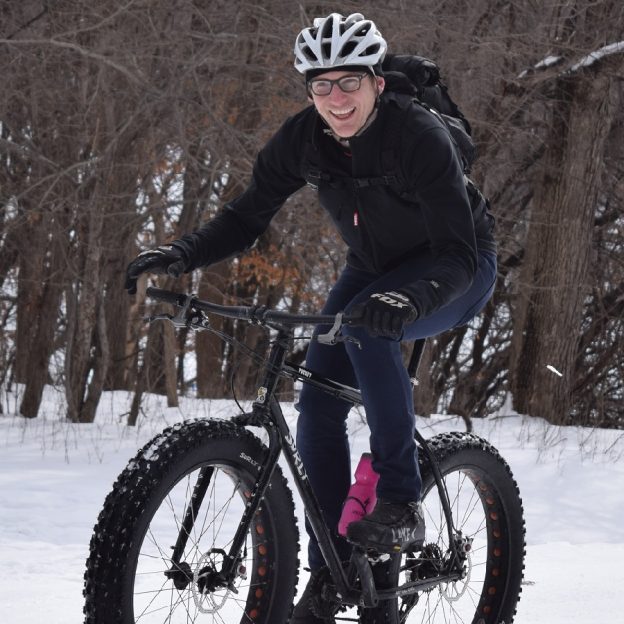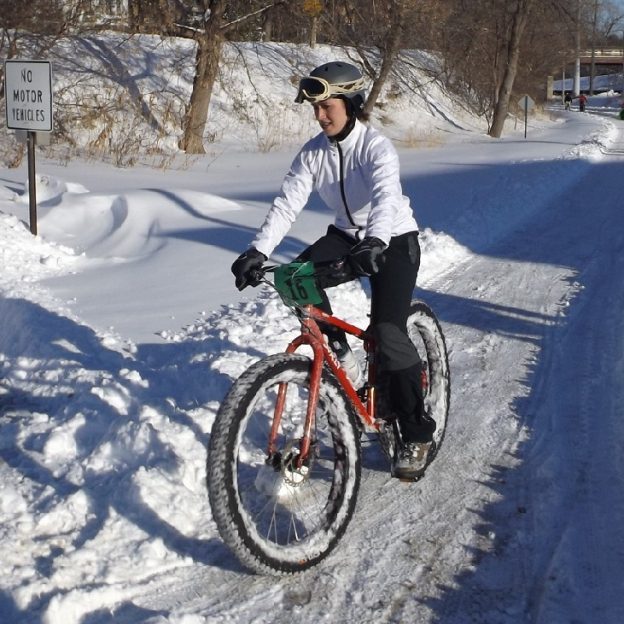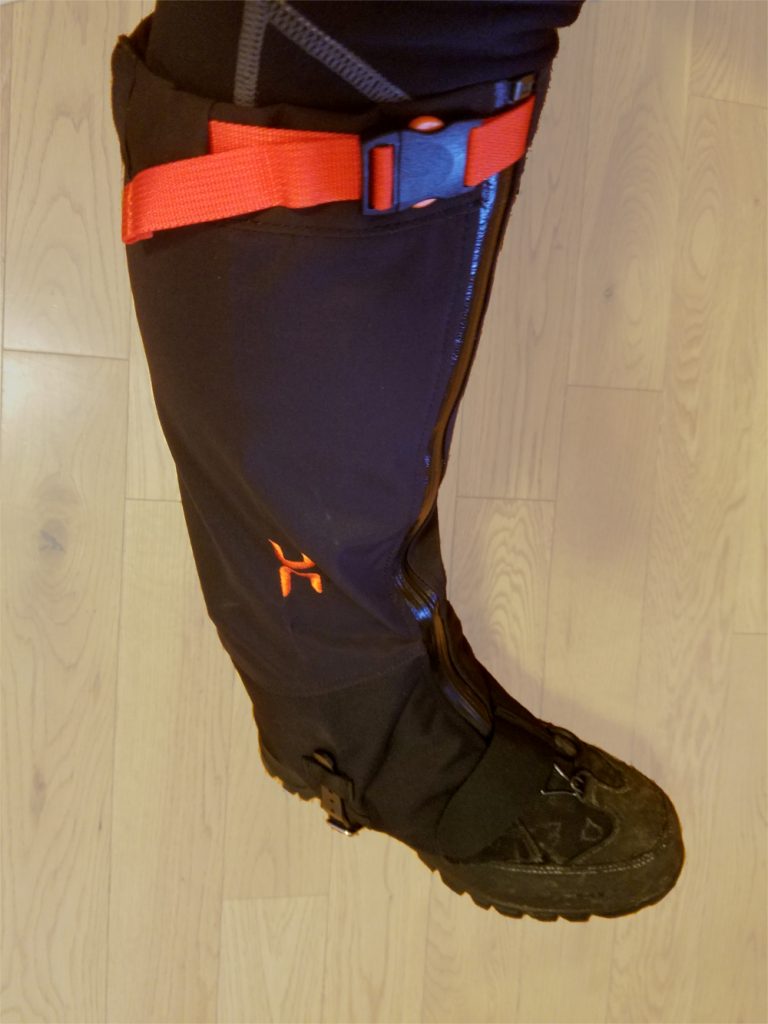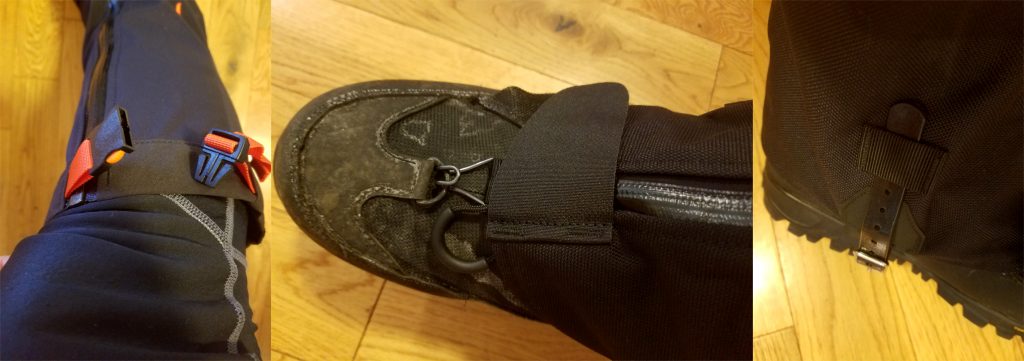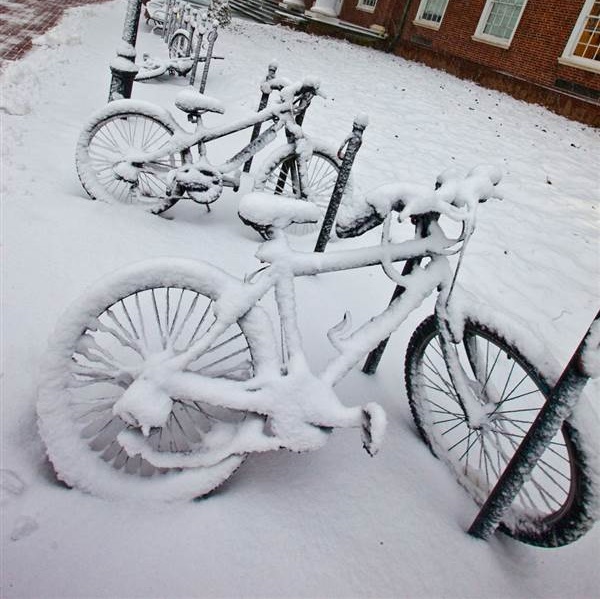by Jess Leong
Winter fat bike season is upon us again as the snow and temps drop. Like riding a regular mountain bike, there is a certain bike etiquette to follow when on the trail. Everyone on the trail wants to have a good time outdoors and make memories in the crisp, clean air. Whether biking, hiking, skiing, or snowshoeing, these are all valid activities where trail etiquette is important. The trail needs to be shared for everyone to have a good time. The rules below will keep everyone free from harm and make it fun for everyone.
Many general rules of the fat bike trail are the same as mountain biking or riding on regular trails. However, there is a major difference to keep in mind in addition to the general rules of the trial.
Practicing fat bike etiquette is an enhancement to general trail rules
The International Mountain Bicycling Association (IMBA) developed the “Rules of the Trail” to promote responsible and courteous conduct on shared-use trails. Keep in mind that conventions for yielding and passing may vary in different locations or with traffic conditions. This list is also on IMBA‘s website and in the Minnesota Bike/Hike Guide.
Before You Ride
- Plan Ahead: Know your equipment, your ability, and the area you are riding, and prepare accordingly. Strive to be self-sufficient: keep your equipment in good repair and carry necessary supplies for changes in weather or other conditions.
- Let People Know: Make sure there’s at least one other person who knows where you’re headed when you plan to start, and when you hope to return. Things can happen on the trail; someone must know where you might be if something goes wrong.
- Ride Open Trails: Respect trail and road closures — ask a land manager for clarification if you are uncertain about the status of a trail. Do not trespass on private land. Obtain permits or other authorization as required. Be aware that bicycles are prohibited in areas protected as state or federal Wilderness. This means you guessed it; check ahead of time!
While Riding
- Leave No Trace: Be sensitive to the dirt beneath you. Wet and muddy trails are more vulnerable to damage than dry ones. When the trail is soft, consider other riding options. This also means staying on existing trails and not creating new ones. Don’t cut switchbacks. Be sure to pack out at least as much as you pack in.
- Control Your Bicycle: Inattention for even a moment could put yourself and others at risk. Obey all bicycle speed regulations and recommendations, and ride within your limits.
- Yield Appropriately: Do your utmost to let your fellow trail users know you’re coming — a friendly greeting or bell ring are good methods. Try to anticipate other trail users as you ride around corners. Bicyclists should yield to other non-motorized trail users unless the trail is signed for bike-only travel. Bicyclists traveling downhill should yield to ones headed uphill unless the trail is signed for one-way or downhill-only traffic. In general, strive to make each pass a safe and courteous one.
- Never Scare Animals: Animals are easily startled by an unannounced approach, a sudden movement, or a loud noise. Give animals enough room and time to adjust to you. When passing horses, use special care and follow directions from the horseback riders (ask if uncertain). Running cattle and disturbing wildlife are serious offenses.
Understand ice and snow travel and how to do it safely.

Practice fat bike etiquette, follow the trail rules, and have fun.
Riding in the winter means riding on top of ice and snow. Throughout the winter, there will be times when it’s warmer or colder out, which can affect the ground beneath your tires. Know how to deal with this. Many people also ride on top of the frozen water. Riding across a frozen lake or river can be extremely dangerous if the ice were to crack. Learn how thick the ice needs to be to carry you and your bike when venturing across frozen waters.
Always bring items that can help if you’re in a situation where the ice breaks from under you. International Mountain Bicycling Association recommends that ice picks and a length of rope be carried if riding on lakes or rivers.
Fat Bike Etiquette – General Rules of the Trail
The International Mountain Bicycling Association (IMBA) developed the “Rules of the Trail” to promote responsible and courteous conduct on shared-use trails. Keep in mind that conventions for yielding and passing may vary in different locations or with traffic conditions. This list is also on IMBA‘s website and the Minnesota Bike/Hike Guide.
Be polite and respectful to all.
Yield to all other users of the trail when riding. This includes hikers, especially skiers, since they do not have brakes to stop when traveling. Be constantly aware of your surroundings for who and what is around you. Everyone is trying to enjoy the outdoors. When on your Fatty:
- Ride on the firmest part of the track to prevent making a deep rut in the trail. Cutting into the trail more than an inch is difficult, if not impossible, to repair.
- Stay as far right as possible on the trail. This is so that other bikers, hikers, etc., can pass on the left.
- Do not ride on Nordic or classic ski trails. These trails are specifically groomed, and tires that cross them will ruin the trail and cause problems for those using or repairing them. Being respectful and sharing the trail is important for everyone’s enjoyment.
- Respect any closures or alternative days where bikers or skiers specifically have the trail. This is also important because if the trail is closed, no one will look out for you if you fall. Plus, other trails might be closed or have maintenance going on. This can cause problems if you’re there.
- Wear reflective clothing and use lights or blinkers. This helps signal to others where you are from a distance. Skiers and snowmobiles travel quickly, and seeing you as far away as possible can help them change their route so there is no collision or problems that will arise.
- Consider donating to the shared trails to help cover the cost of maintenance. It takes people to keep the trails well-groomed and ready for people to ride, ski, or hike on them. A donation can go a long way to keeping that trail ready when you want to use it again.
If you are riding in a group, do not ride side by side. This makes it hard for anyone passing by to get through or weave around. It also can block up the trail.
Don’t Forget!
Also, always wear a helmet and appropriate safety gear. Search for an IMBA Club to join, and don’t forget to HaveFun!
Jess Leong is a freelance writer for HaveFunBiking.com.
